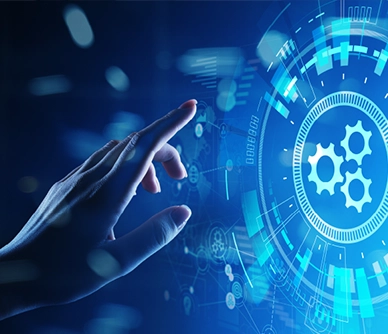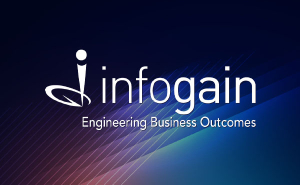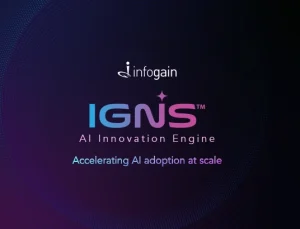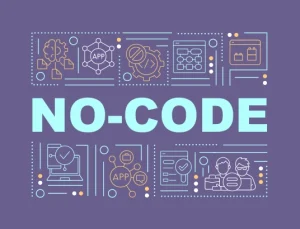Radhakrishnan RK, Head, Automation Practice at Infogain on Hyperautomation
- Posted on : January 4, 2021
-
- Industry : Corporate
- Type: News

The following article appeared in the IndiaInfotechOnline on December 26th, 2020. Follow this link to view the original article.
The digital ambition of organizations is encouraging the growth of various automation technologies such as Robotic Process Automation (RPA), Natural Language Processing (NLP), Computer Vision, and so on. These technologies have proven (and still doing so) that they can easily unlock long term business value. With the simple deployment of chatbots for CRM (Customer Relationship Management) to large-scale robotic process automation for an enterprise, automation has come a long way to help organizations move towards a digital future. However, to maximize the business outcome, it is important to look at a business situation holistically, which brings in the need to look at various technologies working in tandem. This is where Hyperautomation fits, a combination of multiple tools and technologies to enhance and automate business processes.
According to Gartner’s top 10 strategic trends for the year 2021, hyperautomation will drive homogeneity at an organizational level for businesses and build efficiency and agility. The report predicts that by 2024, organizations will cut operational costs by 30% through hyperautomation technologies and redesigning their operational processes.
Lately, companies have been leveraging automation to identify, evaluate, and automate business & IT processes. But the pandemic has accelerated its demand, mostly to deal with the sudden need for digital-first operations. With the changing business needs, management of complex processes, and advancement of technologies, hyperautomation offers a structured approach to reduce process debt and standardize processes to realize the automation goals.
Hyperautomation includes an array of technologies not limited to:
- Robotic Process Automation (RPA)
- Conversational Bots
- Intelligent Business Process Management System (iBPMS)
- Process Discovery
- Process Mining
- Decision Making Systems
- Integration Platforms
- Artificial Intelligence
Enterprises have found hyperautomation to be highly beneficial in automating their numerous business areas such as payments, order management, warehousing & inventory, transportation, supplier management, procurement, and data monitoring. Beyond automating back-office processes, hyperautomation should also be explored in the front office processes. According to Salesforce’s sixth edition of “State of Marketing” research, 84% of the customers said that the experience companies provide is as important as its products and services. Hence, customer-facing automation can prove to be an excellent opportunity for value-added service and competitive differentiation. From marketing to customer support, enterprises must now bridge end-to-end business processes and end-to-end customer experiences between back and front offices.
Enterprises are often challenged with reducing cost, increasing productivity, adhering to compliance, improving accuracy, and boosting employee morale. Addressing even one of these will bring significant gains. And this is where Hyperautomation can play a role. Hyperautomation is an inevitable market state, which will compel organizations to identify, streamline, and automate all possible business processes rapidly. Enterprises should embrace hyperautomation to change the way the businesses operate and not just improve the efficiency of standalone tasks.
Infogain is a Silicon Valley headquartered company with software platform engineering and deep domain expertise in the travel, retail, insurance, and high technology industries. We accelerate the delivery of digital customer engagement systems using digital technologies such as cloud, microservices, robotic







